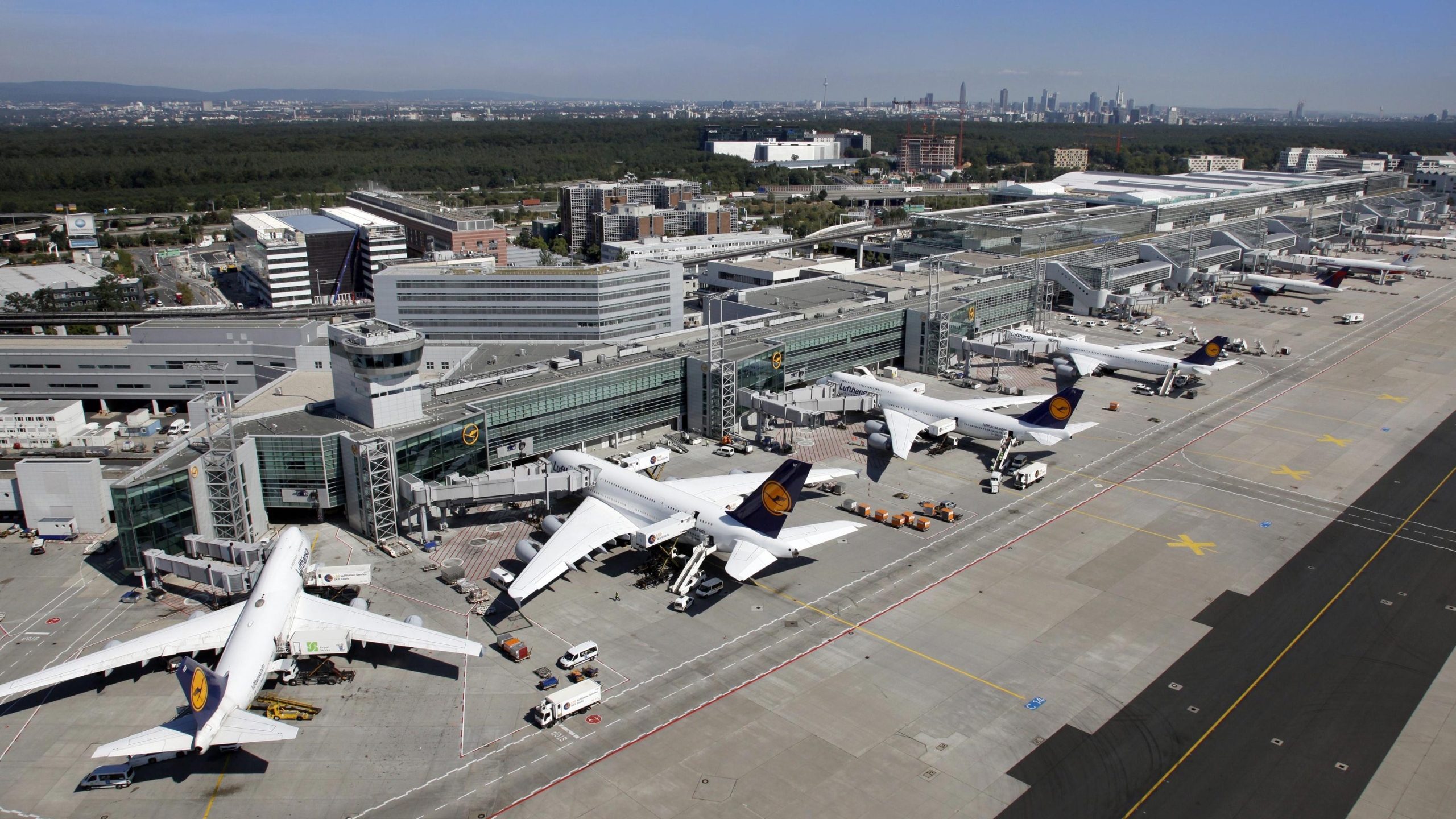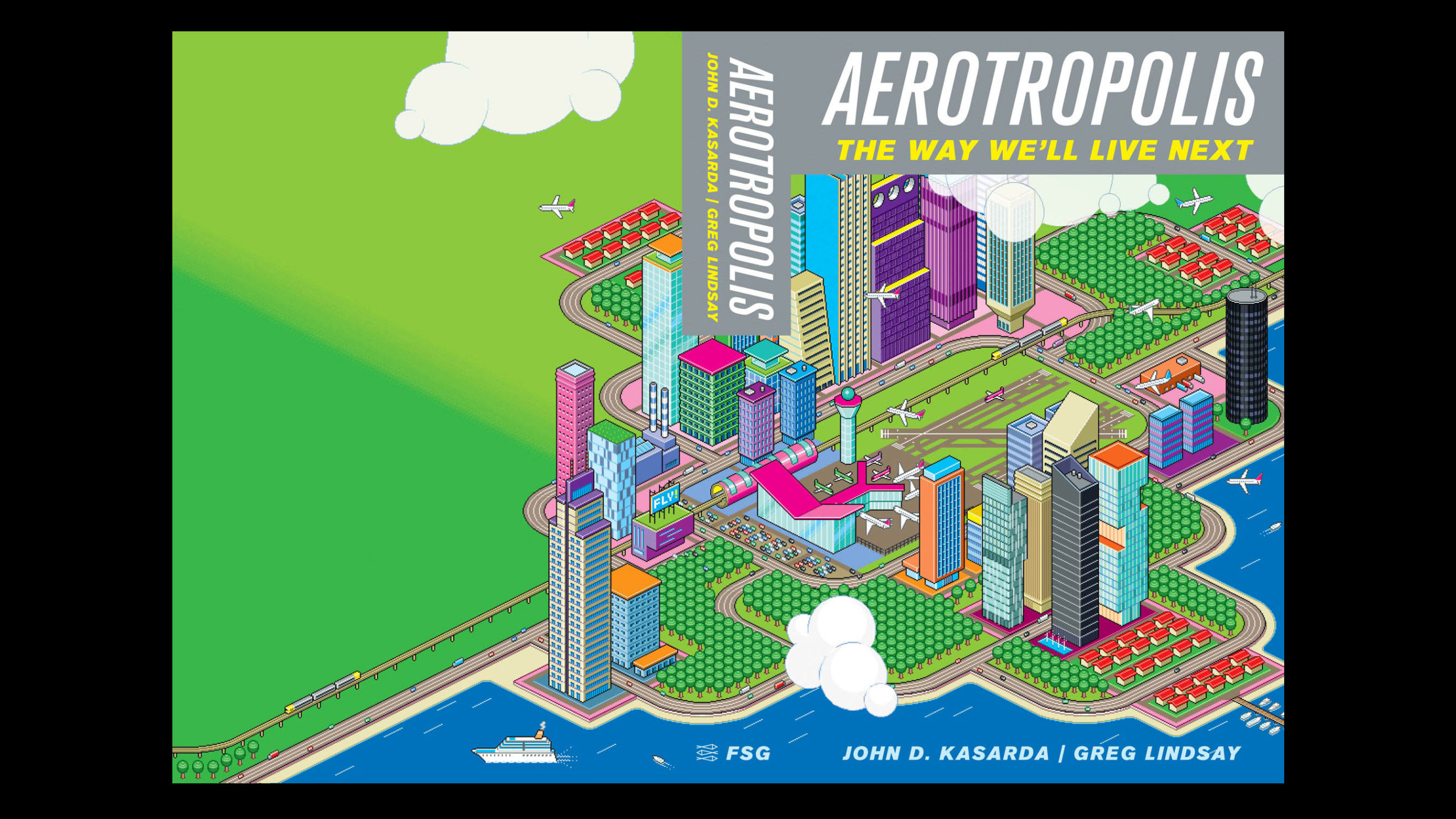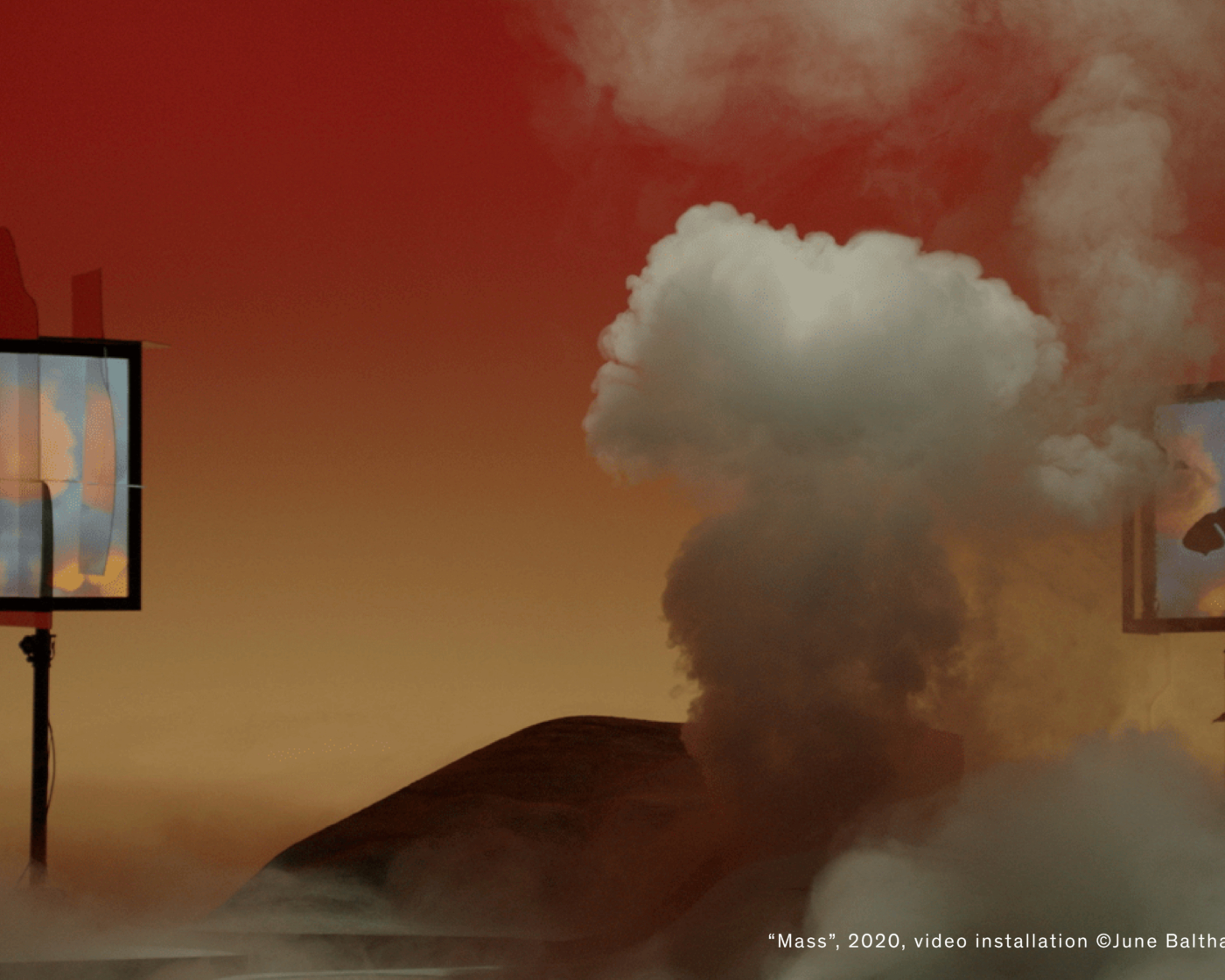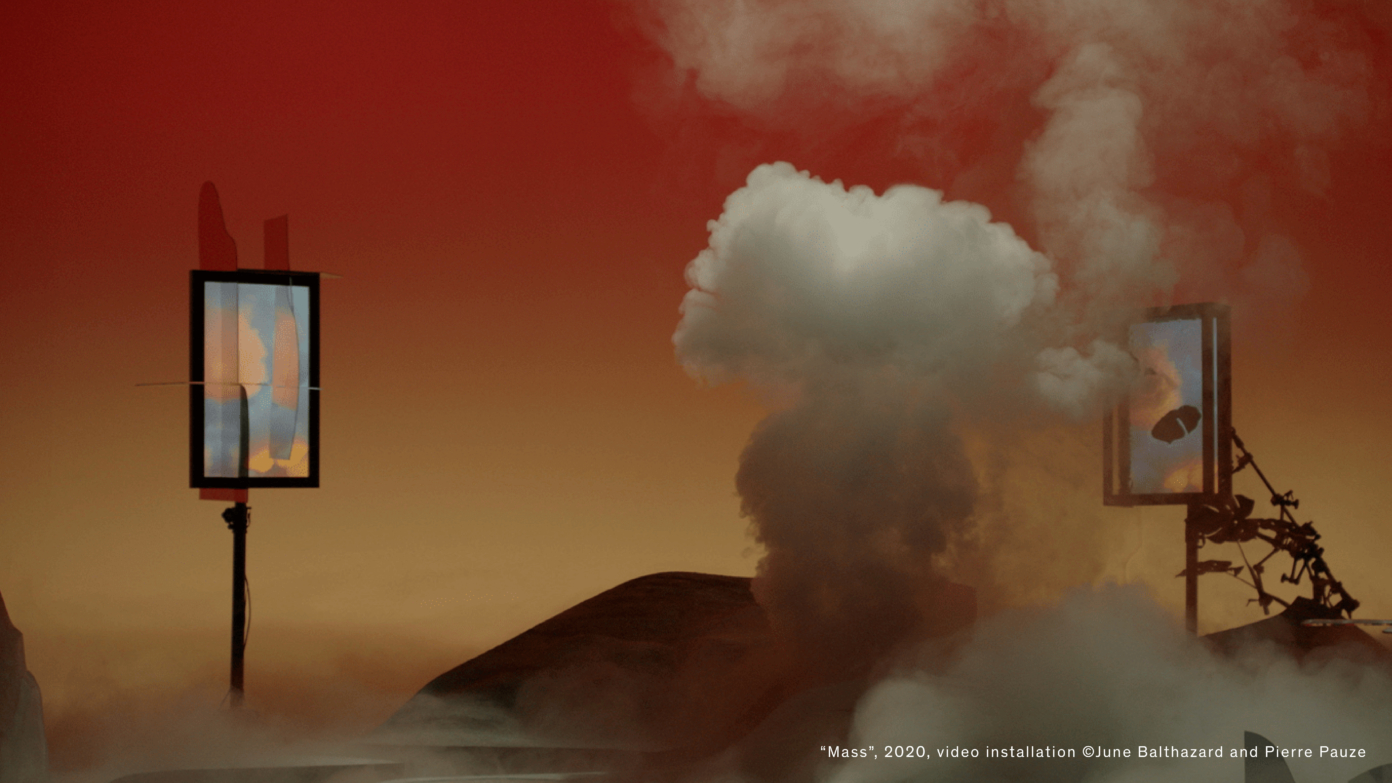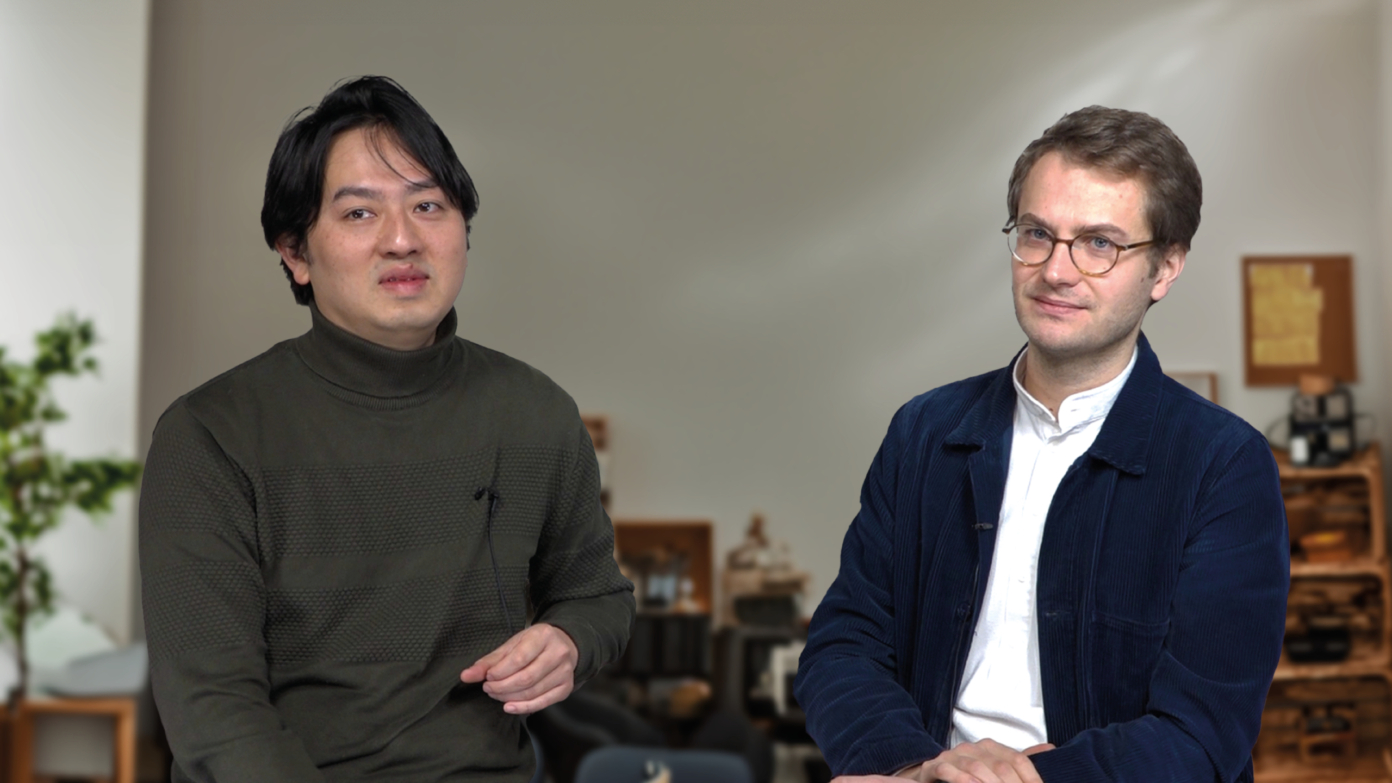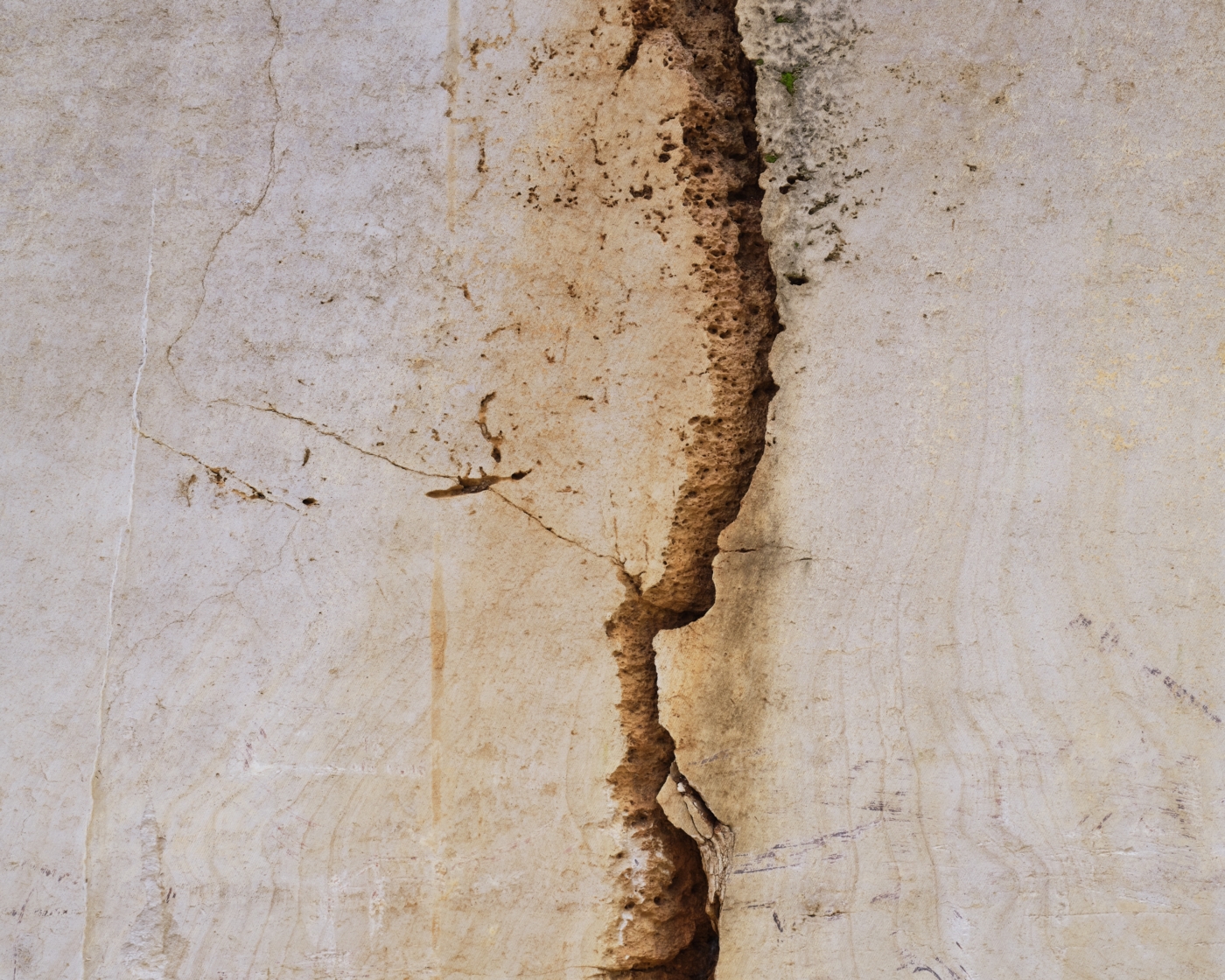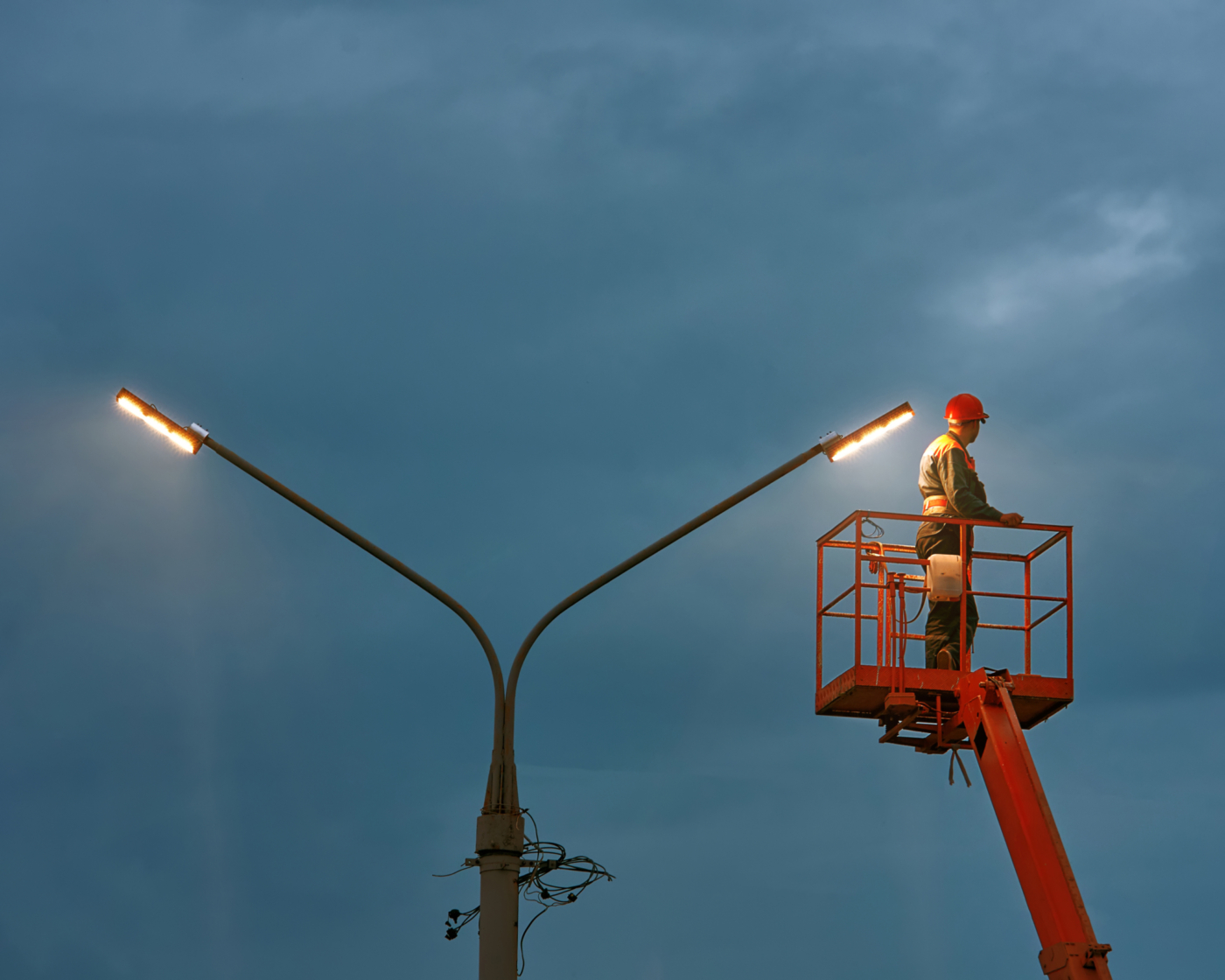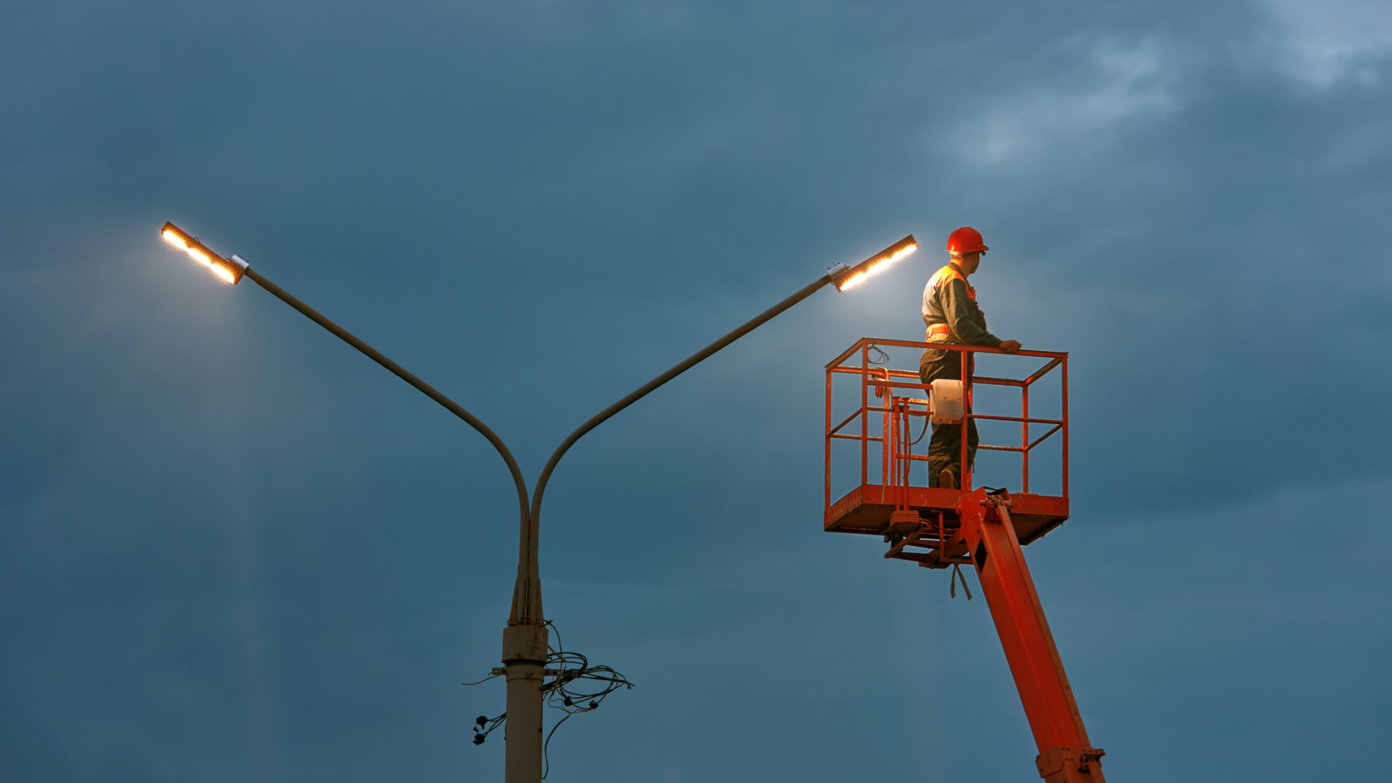The reason I find the office interesting is because of what the looming death of the office has to say about cities and slums. I mentioned understanding successful slums earlier. The Mumbai-based architecture collective CRIT has argued that what makes cities and slums successful is their degree of “blur,” i.e. their permeability between public and private space. The office represents private space at its most brittle, expensive, and isolated. Slums have a high degree of blur but are starved of public recognition and resources. It’s what lies between that is the most powerful, and CRIT found Jane Jacobs was right when she said, “new ideas require old buildings.”
The future of creative work doesn’t lie in the office, but in more permeable, more intense, less formal spaces. If Internet-driven workflows mean I no longer have to sit next to someone to work with them, the question then becomes: who should I be sitting next to? And where? Our phones can help with that too. Imagine Airbnb moves into office space and merges with LinkedIn—don’t laugh, they have a powerful investor in common—suddenly, the entire city is your office. Instead of software-as-a-service, you have the city-as-a-service.
Of course, in that case, the danger is Airbnb or whoever taking a 10 percent cut of every interaction forever. If Uber is serious about creating the only “digital mesh” cities ever need, then they’re a utility and should be regulated as such—or cities should start their own. These are public goods, and should be treated that way—not that they will.
Stream : It’s all about relationships.
Greg Lindsay : Yes, cities are all about mapping our relationships onto physical space. What’s different this time is that we now have dowsing rods in our pockets that render these relationships increasingly visible. And once they are, you can analyze them and act on them. Formerly illegible relationships are becoming searchable and negotiable. The entire “sharing economy” is really a slum economy writ large: everything is an asset; everyone is an informal laborer.
Stream : In opposition to the idea of a smart city like Songdo, we are looking at Rio de Janeiro, with its slums, and a more metabolic, informal urbanism.
Greg Lindsay :Yes, but Rio is also the city where IBM built a special control room for the mayor, complete with technicians in white jumpsuits, like a James Bond villain’s lair. What started as a weather prediction system slowly morphed into an operations center where the mayor could bring all of his department heads literally under one roof, consolidating executive authority without having to vote on it. Technology almost imperceptibly changed Rio’s governance model—IBM’s hardware literally rewired it. What will it be used for next? Inevitably, its surveillance capabilities will be turned to favela pacification, if they haven’t already.
The next frontier after that is mapping. Just as there are conflicting mental maps, there will soon be incompatible technological maps, courtesy of Google’s personalization. Have you read The City and the City by China Miéville? The idea is that there are two cities occupying the same space, but the citizens of each are conditioned to only see one. Being “in breach” of their separate realities is a capital crime. It’s a metaphor for the divides within every city, whether along class or racial lines, and another very real danger of these technologies is that they will be hard-coded into how we see the world. What good does it do someone to have the entire city at their service if they’re denied access? Or—more banal, but almost worse—are only granted access to the free tiers of reality, with the best parks limited to premium access?
